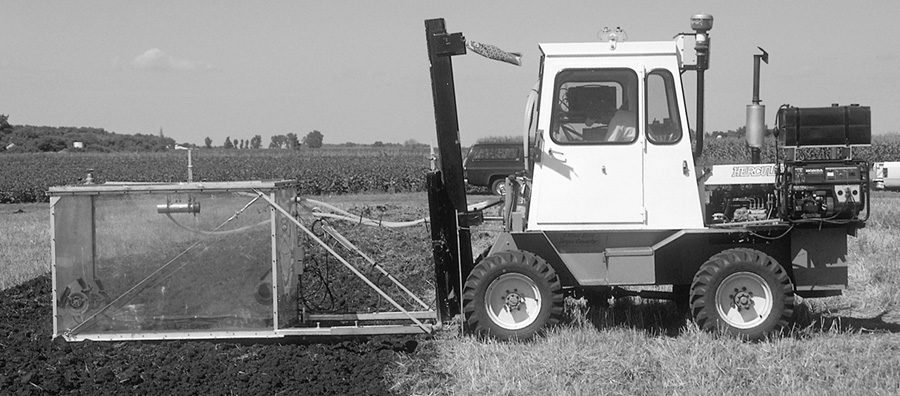No-Till Farmer
Get full access NOW to the most comprehensive, powerful and easy-to-use online resource for no-tillage practices. Just one good idea will pay for your subscription hundreds of times over.

A large effort has been made in recent years by environmental agencies to make everyone concerned about the greenhouse effect and global warming. The world’s consumption of fossil fuels to power vehicles, run factories and heat homes continues to reach record levels.
If you listen to the most pessimistic environmentalist, it’s only a matter of time before drought takes over the world and temperatures soar to unbearable levels due to global warming.
Relax, no-tilling is here to save the day.
While effects of no-tilling your fields might not be quite as exaggerated, recent studies have proven no-tilling reduces the amount of carbon dioxide (CO2) gases escaping from the soil into the atmosphere, one of the main components of global warming.
Carbon dioxide gases escaping into the atmosphere contribute 50 percent of the total greenhouse effect each year. While the element of carbon in the form of a gas has hazardous effects in regards to global warming in the atmosphere, it is absolutely essential for growing crops in your fields. Carbon dioxide along with photosynthesis provides plants with the raw material and energy they need to develop.
“Soil carbon equals soil organic matter,” says U.S. Department of Agriculture soil scientist Donald Reicosky from Morris, Minn. “It’s our black gold. It is the primary determinate to soil productivity and soil quality.”
High soil carbon levels are important because they affect:
…